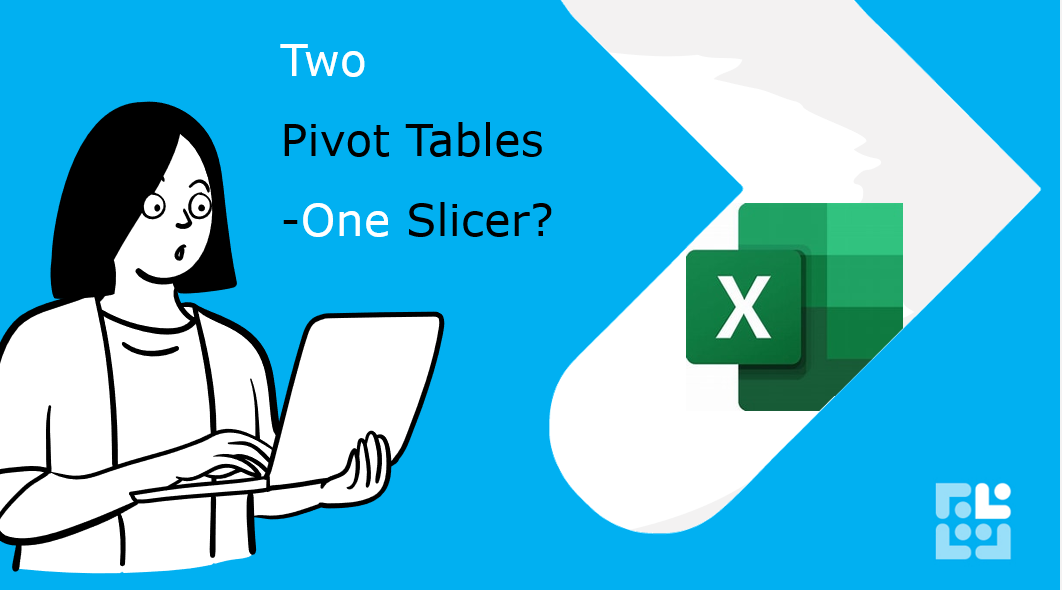Two Pivot Tables - One Slicer

Two Pivot Tables, One Slicer: Simplifying Your Data Analysis
In the world of data analysis, pivot tables are like the Swiss Army knives of Excel. They help you summarize, analyse, and present your data in a way that’s easy to understand. But what if you have two pivot tables and you want to filter them simultaneously? Enter the slicer—a powerful tool that can make your data analysis even more efficient. In this post, we’ll explore how you can use one slicer to control two pivot tables at the same time.
What is a Slicer?
Think of a slicer as a visual filter for your pivot tables. Instead of using the drop-down menus in the pivot table fields, a slicer provides buttons that you can click to filter your data. It’s like having a remote control for your pivot tables, making it easier and faster to get the insights you need.
Setting Up Your Pivot Tables
Before we dive into using a slicer, let’s set up our pivot tables. Imagine you have a dataset of sales data with columns for Date, Product, Region, and Sales. You want to create two pivot tables: one showing sales by product and another showing sales by region.
Insert the First Pivot Table:
Select your data range.
Go to the
Inserttab and clickPivotTable.Place the pivot table in a new worksheet.
Drag
Productto the Rows area andSalesto the Values area.
Insert the Second Pivot Table:
Repeat the steps above, but this time drag
Regionto the Rows area andSalesto the Values area.
Now you have two pivot tables, each providing different insights from the same dataset.
Adding a Slicer
To control both pivot tables with one slicer, follow these steps:
Insert the Slicer:
Click on one of the pivot tables.
Go to the
PivotTable AnalyzetabClick
Insert Slicer.Choose the field you want to use for filtering, such as
Date.
Connect the Slicer to Both Pivot Tables:
Click on the slicer to select it.
Go to the
Slicertab.Click
Report Connections(orPivotTable Connections).A dialog box will appear showing all the pivot tables in the workbook.
Check the boxes next to the pivot tables you want to control with the slicer.
Click
OK.
Using the Slicer
Now that your slicer is set up, you can use it to filter both pivot tables simultaneously. Click on the buttons in the slicer to filter your data by the selected field. For example, if you choose a specific date, both pivot tables will update to show data only for that date.
Benefits of Using a Slicer
Using a slicer to control multiple pivot tables has several advantages:
Efficiency: Quickly filter multiple pivot tables without having to adjust each one individually.
Clarity: Provides a clear, visual way to filter data, making it easier to understand and present.
Interactivity: Enhances the interactivity of your reports, making them more engaging for your audience.
Conclusion
Slicers are a fantastic way to streamline your data analysis in Excel. By using one slicer to control multiple pivot tables, you can save time and make your reports more dynamic and user-friendly. Give it a try and see how it can transform your data analysis process!
Keen to stay up to date on anything 365?
Sign up for tips and updates
You may also like


